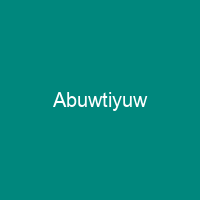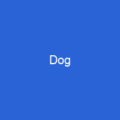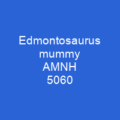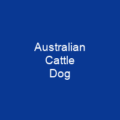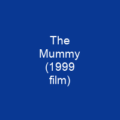An inscribed stone listing the gifts donated by the pharaoh for Abuwtiyuw’s funeral was discovered by Egyptologist George A. Reisner in October 1935. The tablet is composed of ten vertical rows of hieroglyphs, separated by vertical lines. Neither the dog’s grave nor mummy have been recovered.
About Abuwtiyuw in brief

The dog appears to have been a sighthound, a lightly built hunting dog similar to a greyhound, with erect ears and a curly tail. The tomb in which his tablet was discovered is in Cemetery G 2100 in Giza West Field, close to the western side of the Great Pyramid of Giza. The find was recorded by the main expedition photographer, Mohammedani Ibrahim, who took more than 9,321 large-format glass-plate images on Reisner’s expeditions. Neither the dog’s grave nor mummy have been recovered.
You want to know more about Abuwtiyuw?
This page is based on the article Abuwtiyuw published in Wikipedia (as of Nov. 05, 2020) and was automatically summarized using artificial intelligence.
